The United States has one of the most lenient food regulation systems in the developed world. While many everyday food items line grocery store shelves across the country, some of these same products are banned in other nations due to health or safety concerns. From additives to production practices, several ingredients used in the U.S. are considered too risky for consumption in other parts of the world. Here are 14 common foods that are still sold in America but have been outlawed in countries across Europe, Asia, and beyond.
1. Farmed Salmon
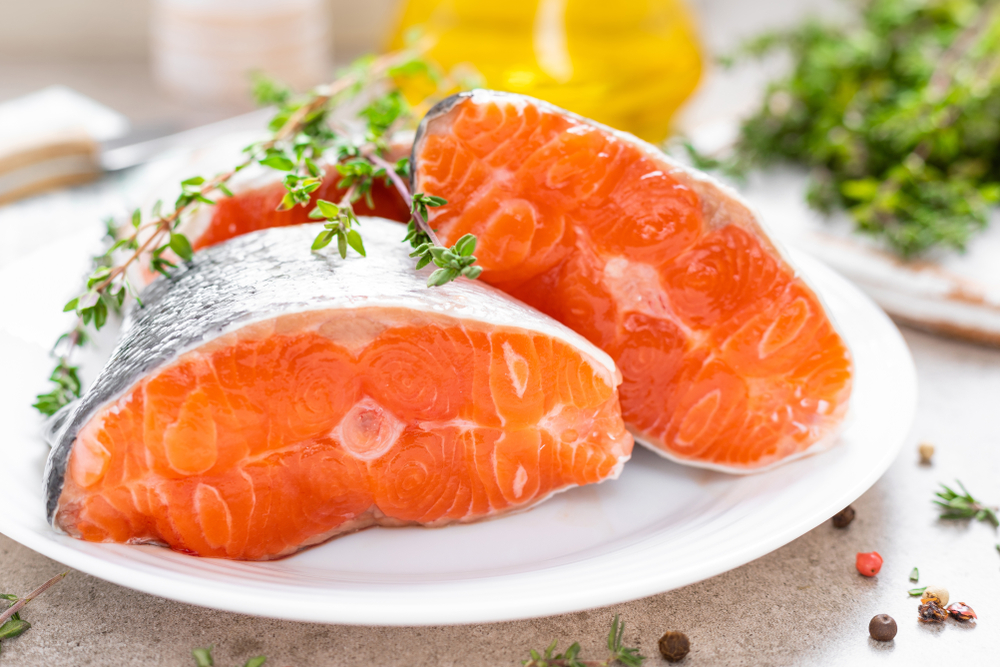
Farmed salmon in the U.S. is often raised with synthetic pigments and fed a diet that includes genetically engineered grains and animal byproducts. These practices allow producers to control the color of the flesh, giving it a bright pink tone. However, countries like Australia and New Zealand ban certain additives used in American farmed salmon due to concerns over chemical exposure and environmental damage.
2. Milk with rBGH
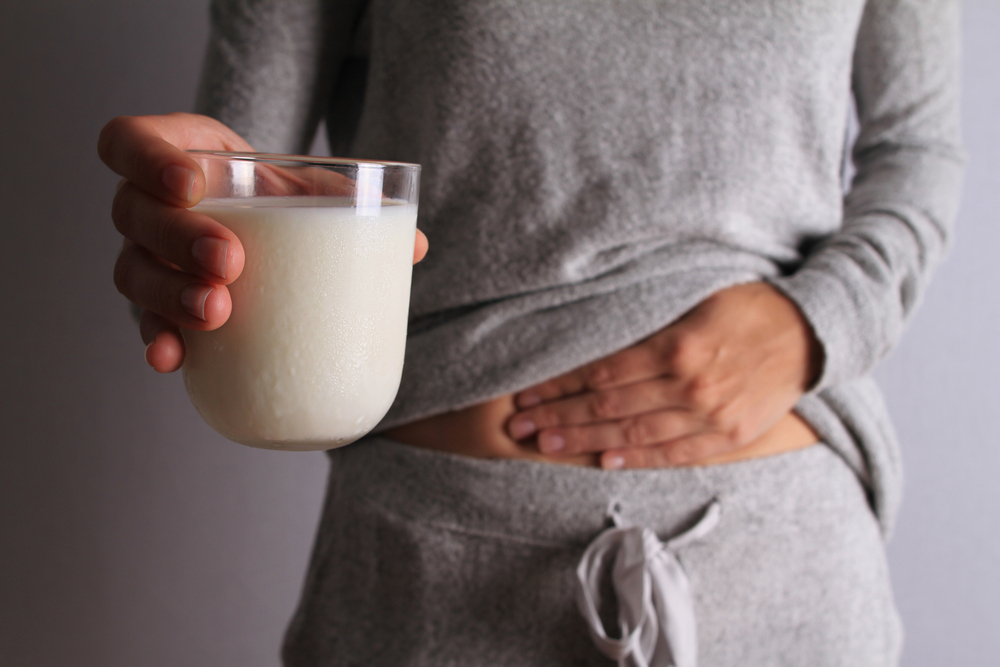
Recombinant bovine growth hormone, or rBGH, is used in some American dairy farms to boost milk production. While effective for profit, it can cause health issues in cows and may lead to increased levels of insulin-like growth factor in milk. The European Union, Japan, and Canada have all banned milk from cows treated with rBGH because of animal welfare and human health concerns.
3. Potassium Bromate in Bread
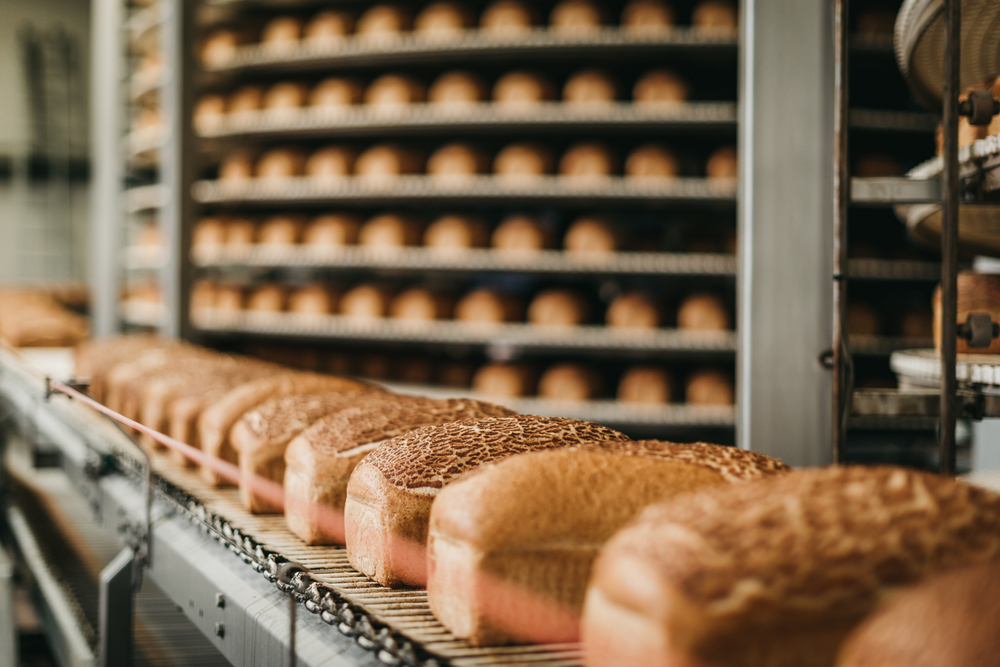
Potassium bromate is a common flour additive used in many baked goods and sandwich breads across the United States. It helps dough rise and improves texture. However, it has been linked to potential cancer risks in animal studies. Because of this, the use of potassium bromate is banned in the European Union, China, and Brazil.
4. Artificial Food Dyes
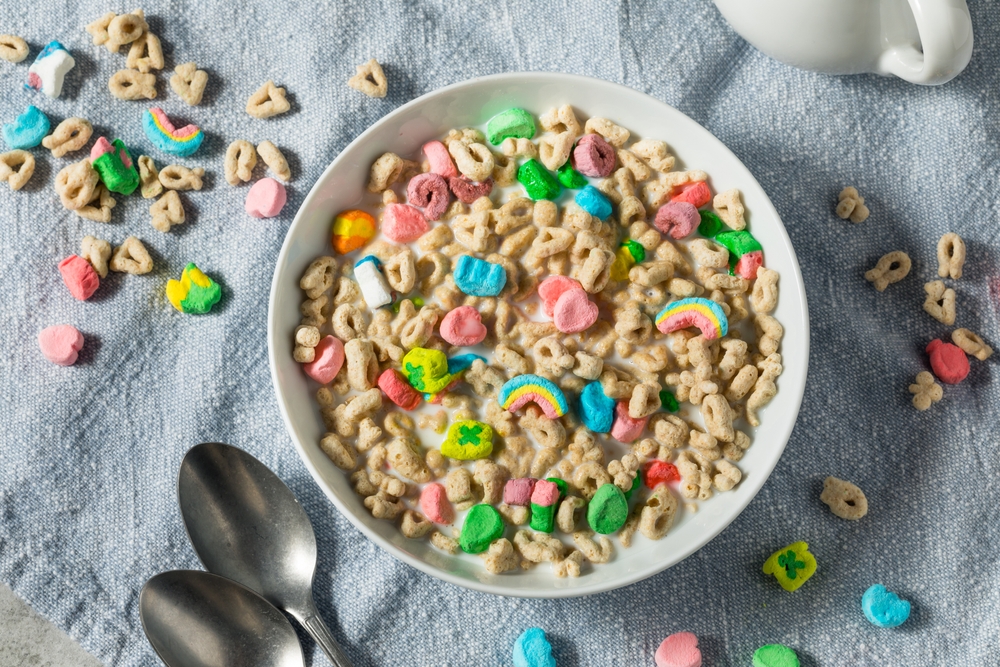
Several synthetic food colorings used in American snacks, drinks, and cereals are banned or heavily restricted in countries like Norway, Austria, and the United Kingdom. Dyes such as Red 40, Yellow 5, and Yellow 6 have been associated with hyperactivity in children and other potential health issues. These countries often require warning labels or prefer natural colorants in food products.
5. Brominated Vegetable Oil in Sodas
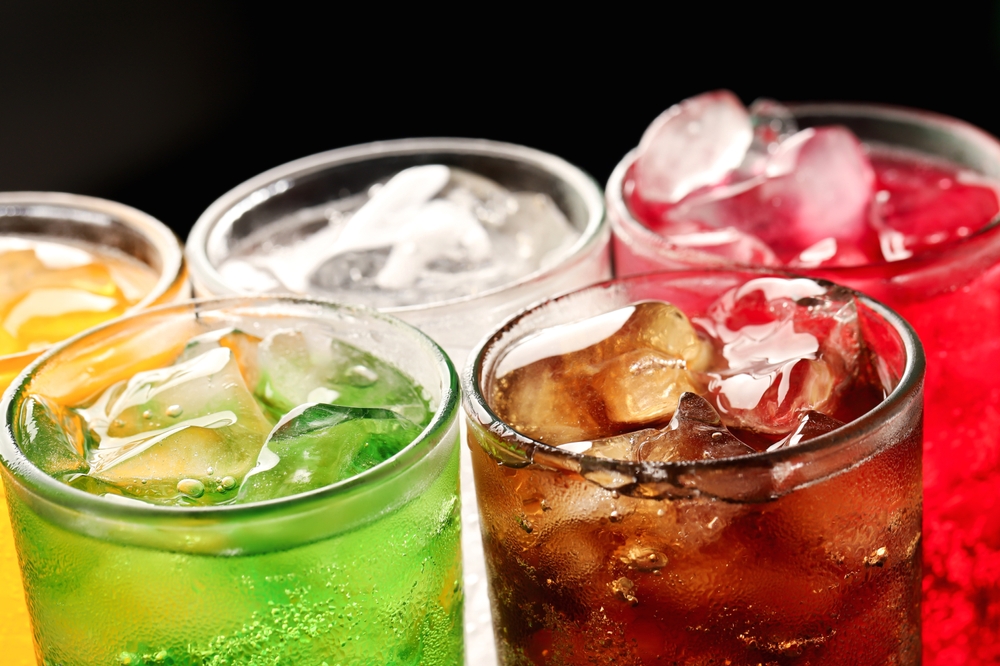
Brominated vegetable oil, or BVO, is sometimes added to citrus-flavored sodas in the U.S. to prevent the flavoring from separating. BVO contains bromine, a chemical also used as a flame retardant. Concerns about its buildup in human tissue and its link to neurological issues have led the European Union and Japan to ban its use in beverages.
6. Olestra in Fat-Free Snacks
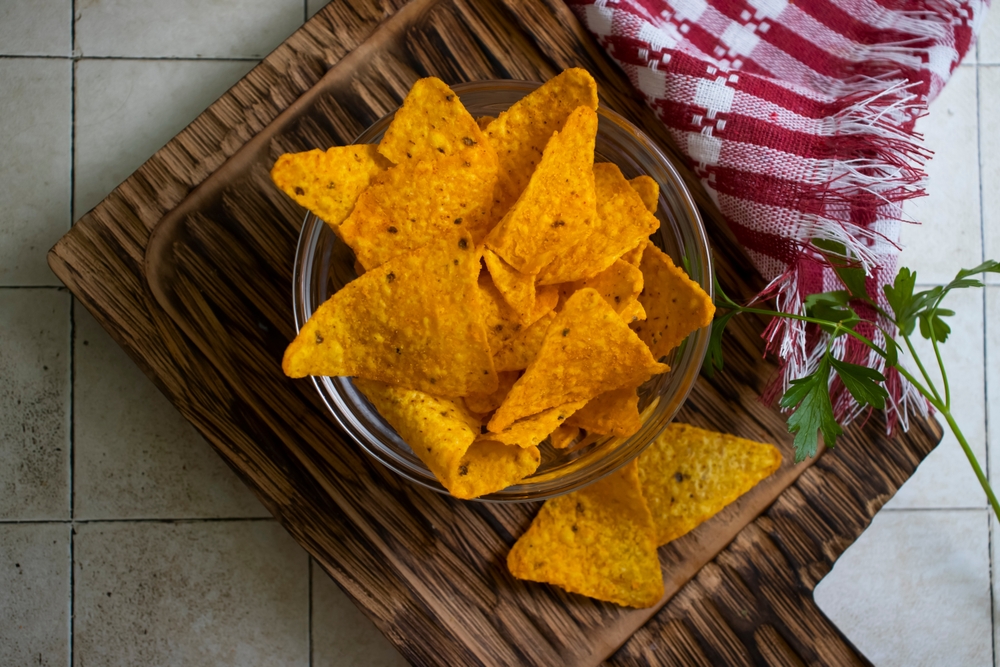
Olestra is a synthetic fat substitute found in some fat-free chips and snacks. While it reduces calorie content, it can also block the absorption of vitamins and cause digestive issues such as cramps or diarrhea. Canada and the United Kingdom have prohibited its use in food products, but it still appears in some processed foods in the U.S.
7. Arsenic in Chicken Feed
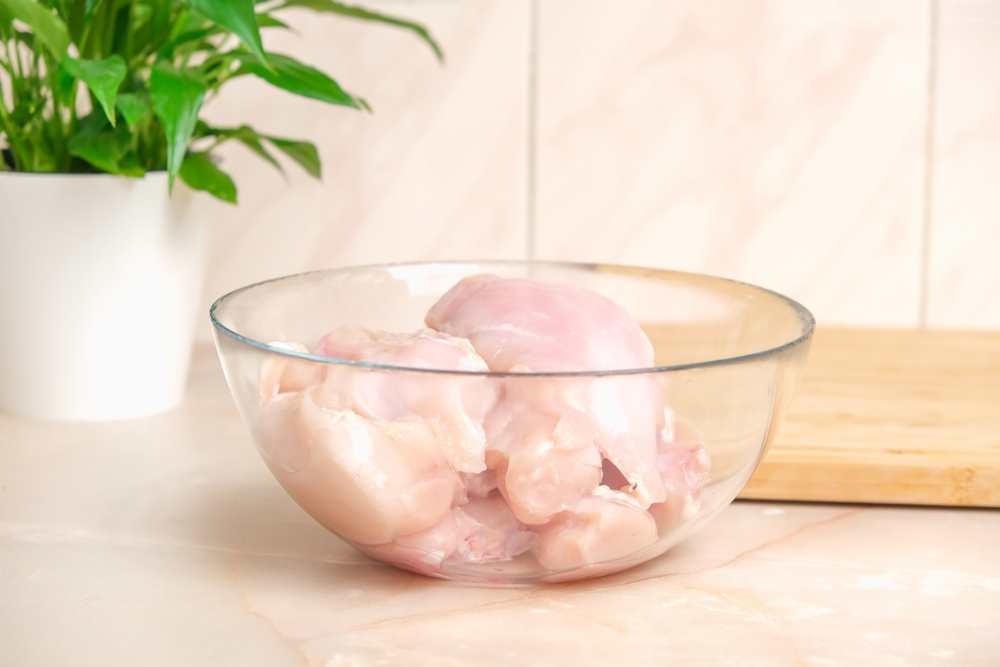
Some U.S. poultry producers use feed containing arsenic-based additives to promote growth and improve the appearance of meat. Although organic arsenic differs from the more toxic inorganic type, the concern lies in the potential for it to convert into a harmful form in the animal’s body. The European Union has banned arsenic in animal feed due to health and environmental risks.
Read More: These 27 Fast-Food Items Are Just Not Worth It
8. Ractopamine in Pork and Beef

Ractopamine is a drug used to boost muscle growth in livestock, particularly pigs and cattle. While it enhances efficiency in meat production, it has been linked to heart rate changes and other health problems. More than 150 countries, including Russia, China, and the European Union, have banned its use in meat sold within their borders.
9. Azodicarbonamide in Baked Goods

Azodicarbonamide, or ADA, is used as a flour bleaching agent and dough conditioner. It’s found in many U.S. breads, bagels, and pizza crusts. In countries like the United Kingdom and Singapore, the chemical is banned due to concerns over its potential to cause respiratory problems. In some industrial applications, ADA is also used in the production of yoga mats and foam plastics.
10. GMOs in Everyday Foods
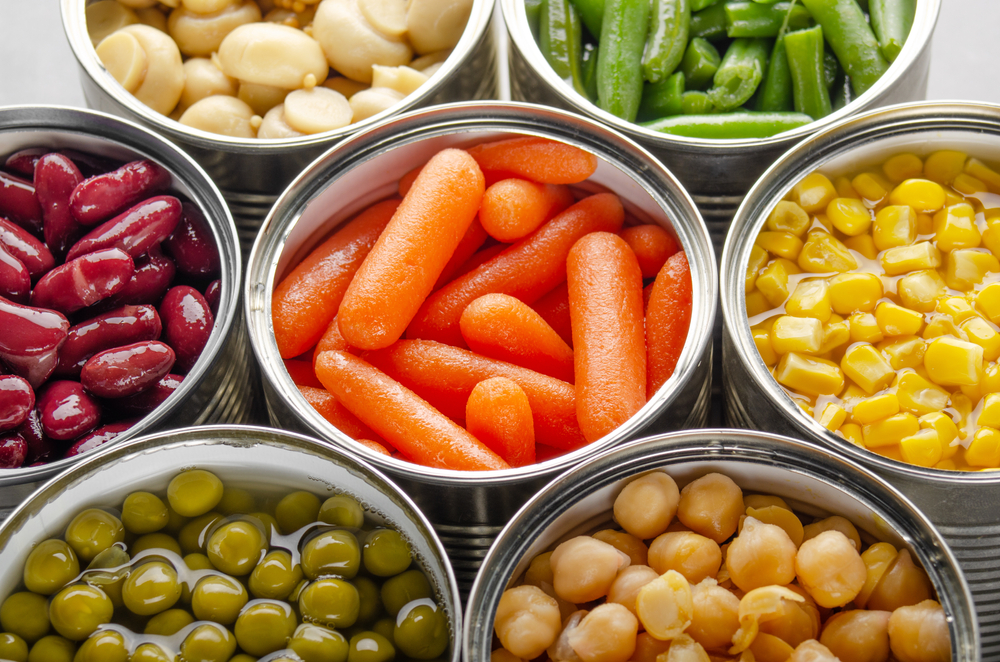
Genetically modified organisms, or GMOs, are widely used in American crops, including corn, soy, and canola. Many packaged foods in the U.S. contain GMO ingredients without labeling. In contrast, the European Union and countries such as Russia and Turkey either ban GMOs entirely or require mandatory labeling, citing environmental and long-term health uncertainties.
11. BHA and BHT Preservatives
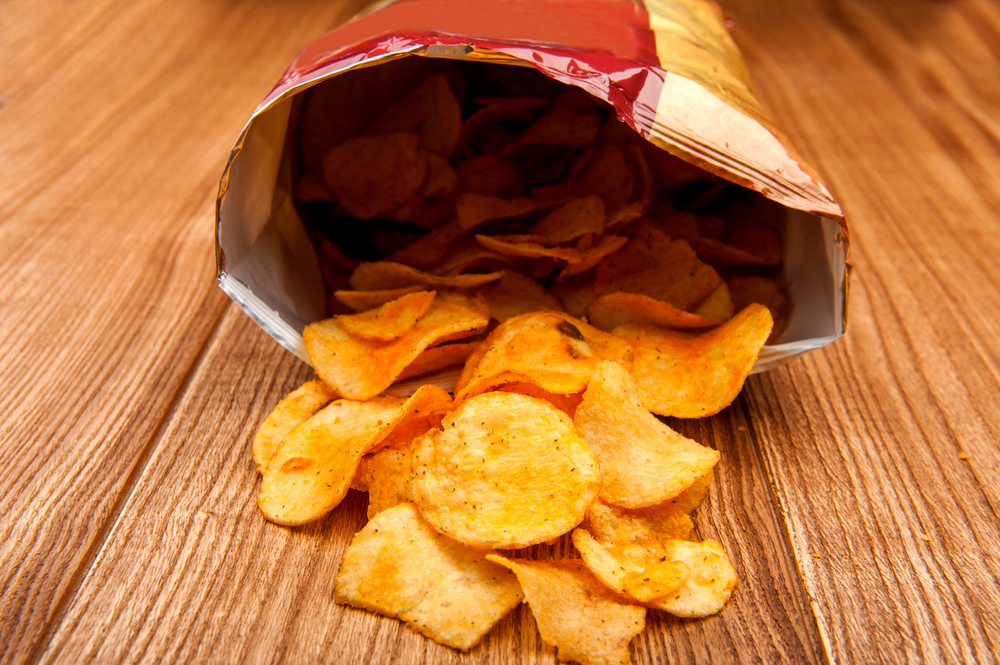
Butylated hydroxyanisole (BHA) and butylated hydroxytoluene (BHT) are synthetic antioxidants used to preserve fats and oils in processed foods. Commonly found in breakfast cereals, chips, and gum in the U.S., these additives are suspected to be endocrine disruptors. The European Union has banned BHA in infant food and limited the use of both in general food production.
12. Chlorine-Washed Chicken
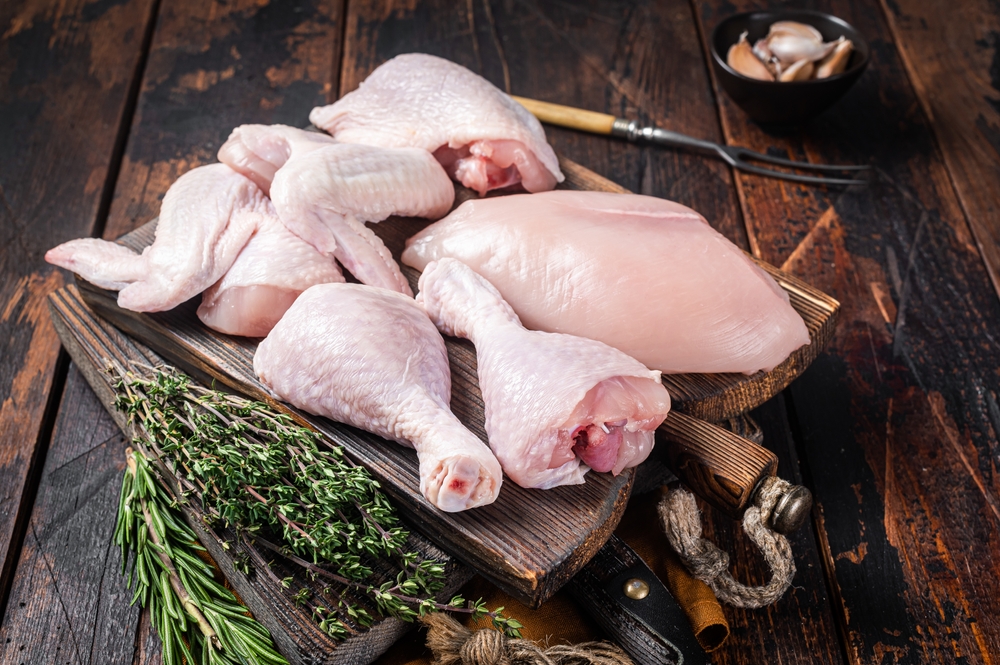
In the U.S., it is legal to wash chicken with chlorine solutions to reduce bacteria during processing. While this method is effective at killing microbes, critics argue that it compensates for poor hygiene practices. The European Union has banned this method, citing concerns over animal welfare and reduced consumer trust in meat quality.
13. Synthetic Growth Hormones in Meat
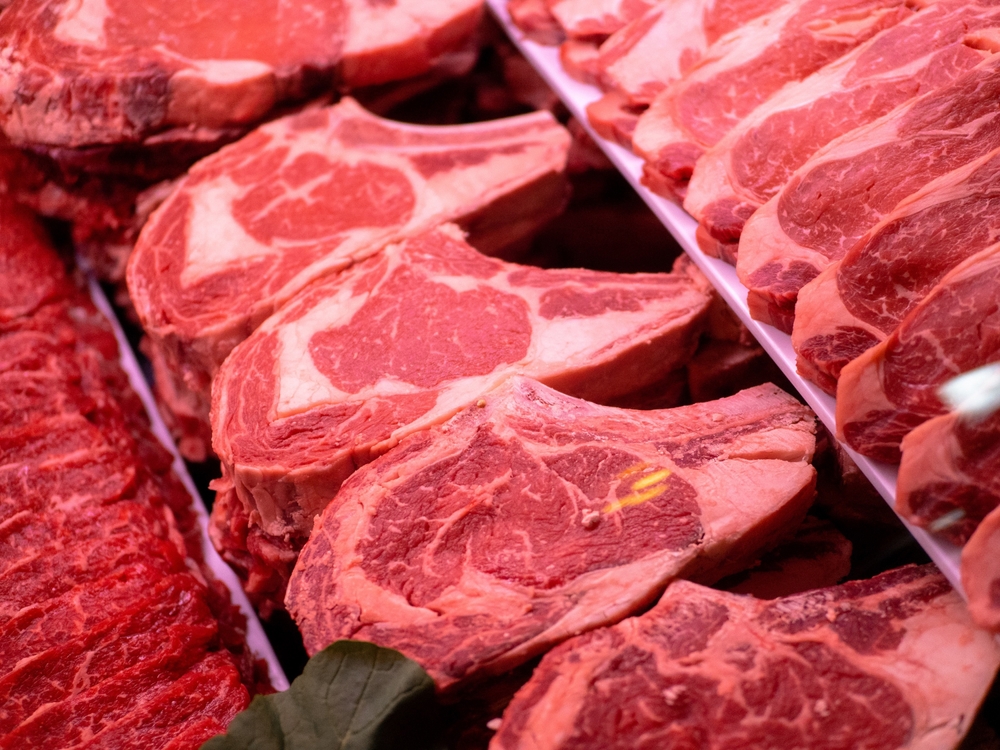
Aside from rBGH in dairy, synthetic growth hormones are used in beef cattle in the U.S. to increase growth rates and production efficiency. These include hormones such as zeranol, trenbolone acetate, and melengestrol acetate. The European Union banned meat from hormone-treated cattle decades ago over concerns that residues may affect human development and hormone balance.
14. Foods with High Levels of Trans Fats
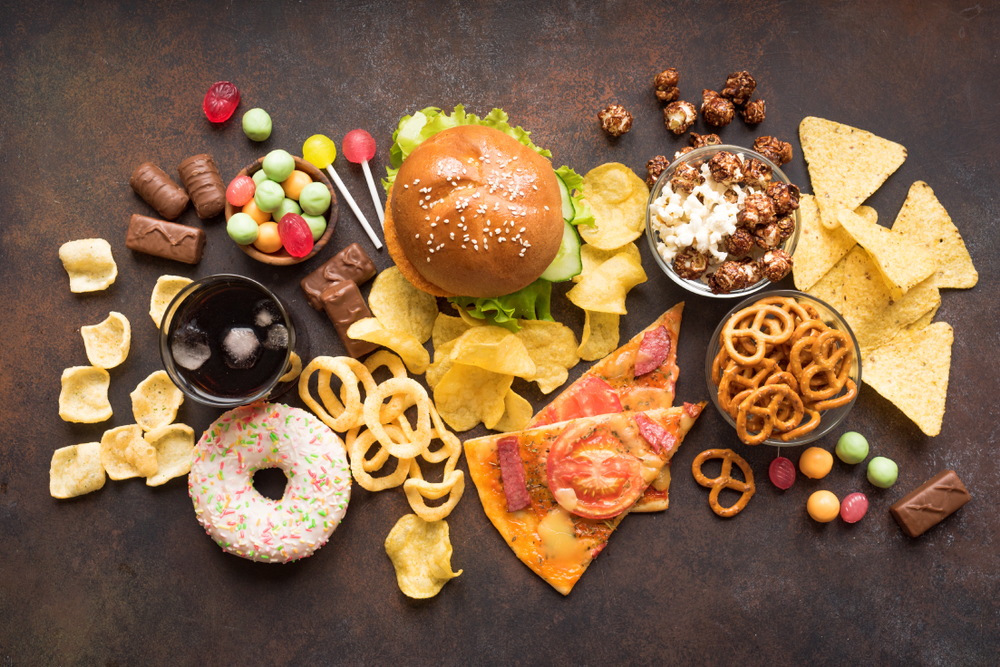
Although trans fats have been largely phased out in recent years, small amounts still linger in some U.S. food items, especially imported or shelf-stable products. Trans fats are linked to an increased risk of heart disease and stroke. Denmark was one of the first countries to ban them outright, followed by Switzerland and Canada. The U.S. has taken steps to eliminate them, but some foods remain non-compliant.
Why the U.S. Still Allows These Foods
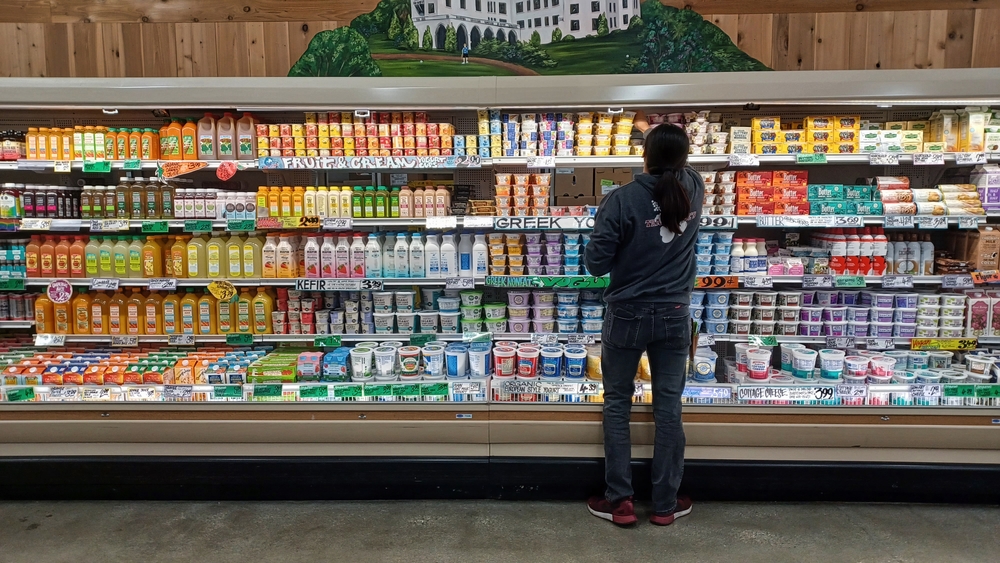
The continued presence of these banned substances in American foods stems from regulatory differences. In the U.S., food safety often emphasizes acceptable risk levels and industry flexibility. In contrast, other nations apply a precautionary approach, often banning substances even with limited evidence of harm. Additionally, lobbying by large food corporations influences policy decisions in the U.S. far more than in countries with stricter oversight.
What This Means for Consumers
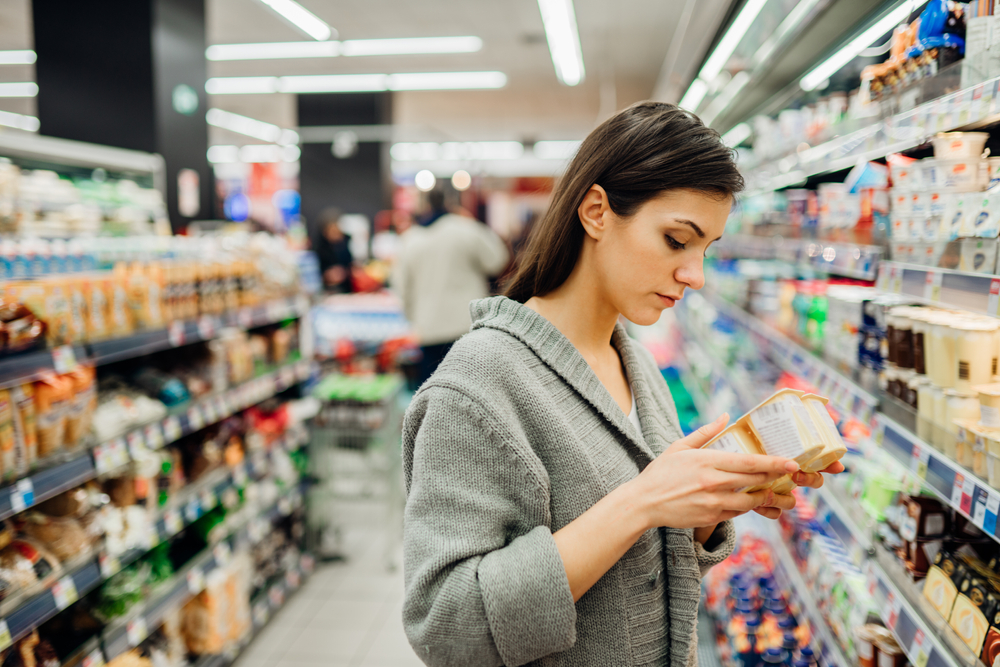
American consumers are often unaware that some foods they eat daily would not be allowed on store shelves abroad. These bans reflect not only differences in food safety standards but also cultural attitudes toward public health, consumer protection, and agricultural practices. If you are concerned about these ingredients, the best defense is reading labels, choosing organic or minimally processed foods, and staying informed.
Final Thoughts

The U.S. food supply includes many products that raise eyebrows in other countries. Whether it is synthetic additives, chemical preservatives, or production methods, these banned foods highlight significant differences in how global governments handle consumer safety. As awareness grows, many Americans are rethinking their choices and demanding transparency. Until regulations change, it remains up to the consumer to make informed decisions at the grocery store.
Read More: 9 Common Foods That Could Harm Your Heart After 50
Disclaimers: This article was created with AI assistance and edited by a human for accuracy and clarity.
Disclaimer: This information is not intended to be a substitute for professional medical advice, diagnosis or treatment and is for information only. Always seek the advice of your physician or another qualified health provider with any questions about your medical condition and/or current medication. Do not disregard professional medical advice or delay seeking advice or treatment because of something you have read here.
